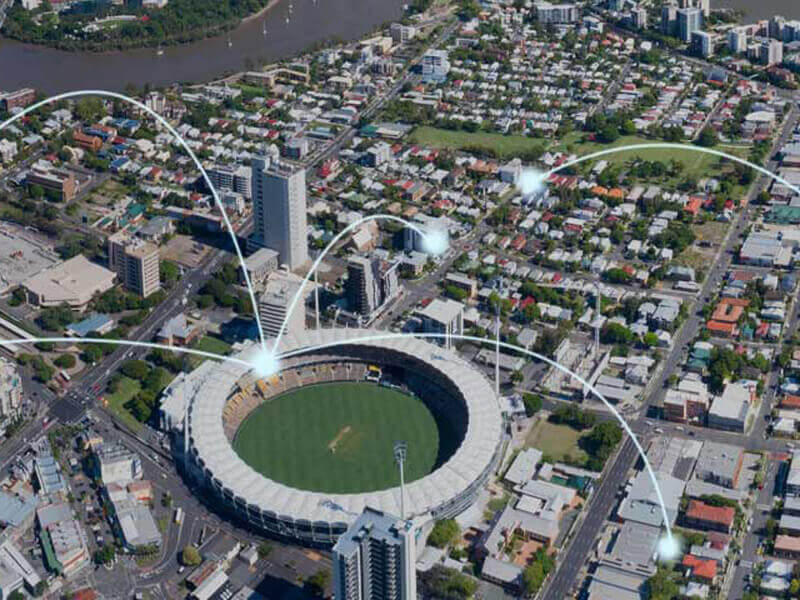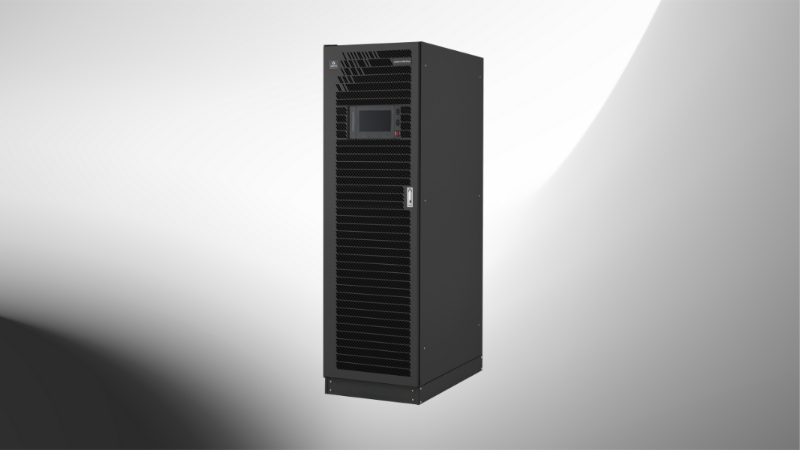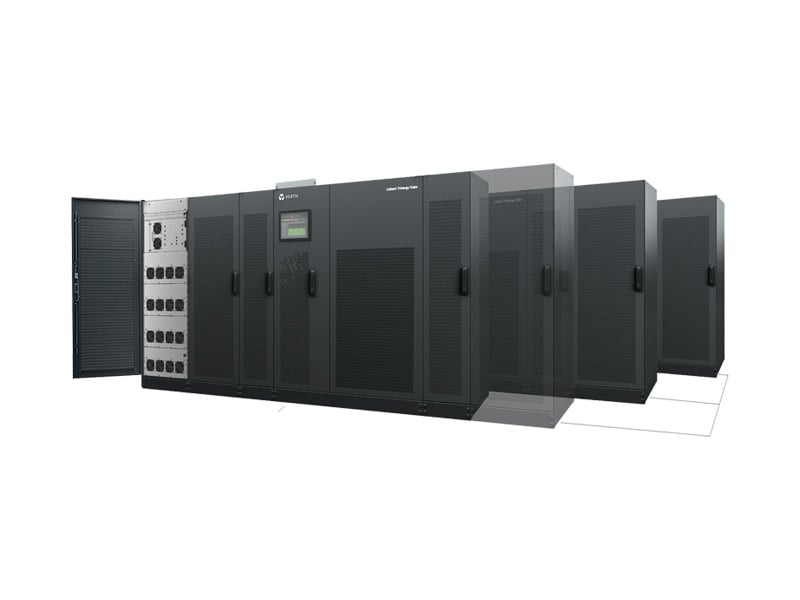Moving beyond the pandemic, various technological trends are predicted to dominate and create impactful changes to the way we live. Artificial intelligence, internet of things, and machine learning are just some of them. But one of the significant advancements is 5G – the next generation wireless network that is 90% more efficient than its predecessor. This is indeed a remarkable improvement with plenty of benefits. However, looking at the bigger picture, transitioning to 5G networks require more infrastructure, from edge sites to cell towers, which heavily rely on IT systems.
Powering and cooling these systems can be costly. In fact, it is estimated to constitute about 92% of the overall network operating costs. This is because in 5G, there is far more energy consumed due to the high-capacity networks that deliver content-rich services with near-zero latency. That is why, the shift to 5G networks is more than just an enhancement and construction of more cell sites. It is also important that telecom data centers that support these sites must be equipped to handle the accelerated data traffic and its consequent increase in energy consumption, which is expected to rise up to 170% by 2025.
Choosing the Right and Efficient Equipment
Uninterruptible Power Supply (UPS) systems are a crucial component in today’s advanced mobile network systems. They help ensure availability and efficiency of services. While power consumption can be costly for 5G, there are opportunities to mitigate this through the use of highly efficient UPS technologies available today. While investing in these new UPS technologies might seem like an additional cost at the onset, in the long run it provides significant reduction in network operating costs. Replacing legacy equipment with new models can improve system efficiency by 5-6%.
Let’s compare two UPS models with the same capacity of 100kW but with a 1% difference in efficiency. Shown below is the calculated annual cost savings based on 24x7 full year operation at an average electricity rate of 0.13 $/kW-hr.
| Model A | Model B | |
| Capacity (kW) | 100 | 100 |
| Efficiency at Full Load (%) | 95 | 96 |
| Energy Consumption (kW) | 105.26 | 104.17 |
| Annual Energy Savings (kW) | 9605.26 | |
| Annual Cost Savings ($) | 1,248.68 | |
With only a 1% improvement in efficiency, using Model B can save you $1,248.68 per year. If this is multiplied by the life of the equipment, returns on investment can be achieved. With better equipment, you can save energy, cut operational costs, and even gain back the money you spent. So, selecting the right equipment or replacing the old with the new is highly advantageous.
Innovative and Versatile Backup Power Solution
More than efficiency, one factor to consider when selecting UPS to support 5G networks and the telecom data center is its modularity and space-saving features. Since 5G rollouts require quick site deployment, energy capacity must easily be adjusted on demand. Space limitation is a challenge too. Thus, telecom data centers need a compact yet high-density backup power that can support and protect critical 5G IT systems, minimize energy consumption, and be rapidly deployed when needed.
Vertiv has a range of highly reliable and ultra-efficient power solutions that can ensure flexibility and adaptability to the current and future 5G challenges in the telecom industry. One of which if the latest generation of modular transformer-free UPS suitable for mission critical applications – the Vertiv™ Liebert® APM Plus.
Liebert® APM Plus has exceptional features such as double conversion efficiency of 97%, a robust system that can seamlessly operate in harsh environments of up to 50˚C, a high density with the smallest footprint among competitors (saving up to 50% space), and the ability to integrate with other smart solutions. These features result in minimized operational costs and energy dissipation, reduced cooling requirement, provision for revenue-generating equipment, and rapid deployment and installation.
To know more about Liebert® APM Plus, visit Vertiv.com






